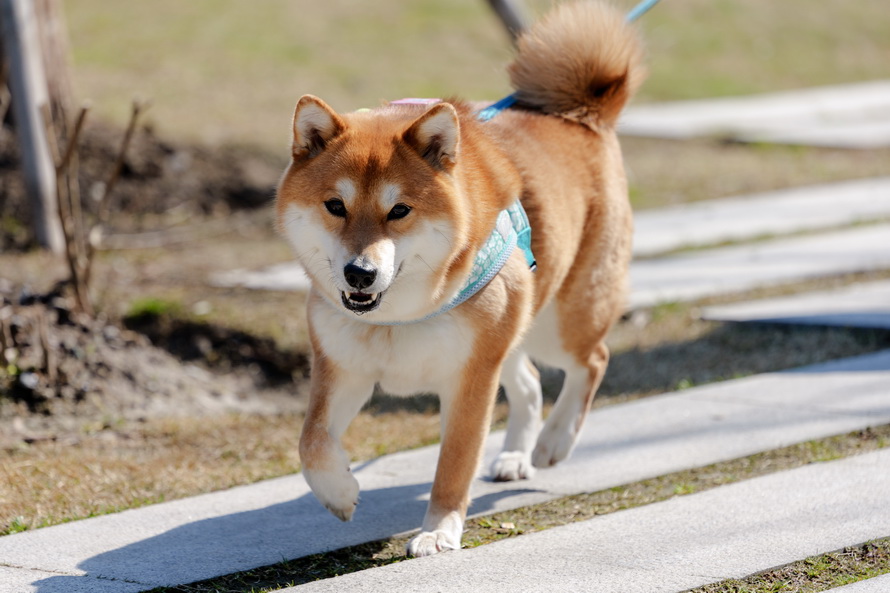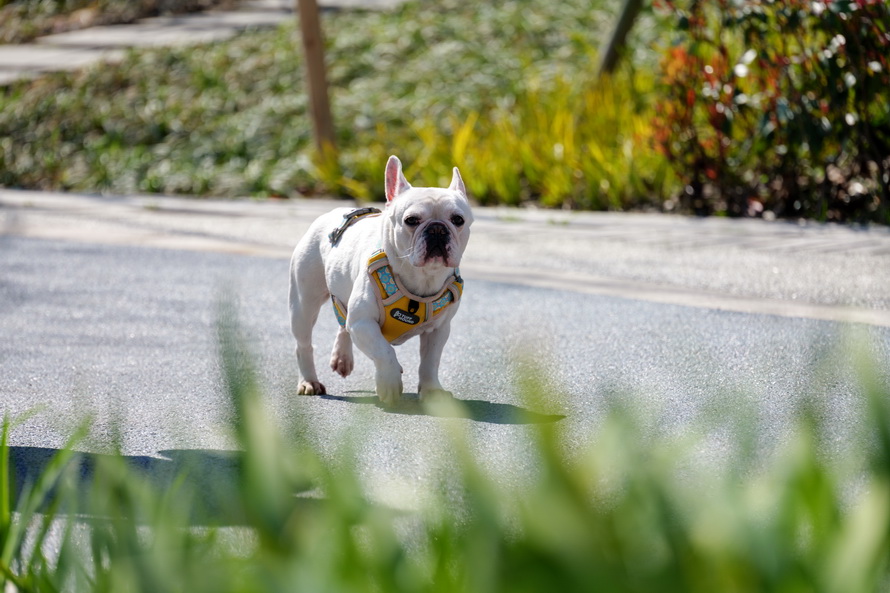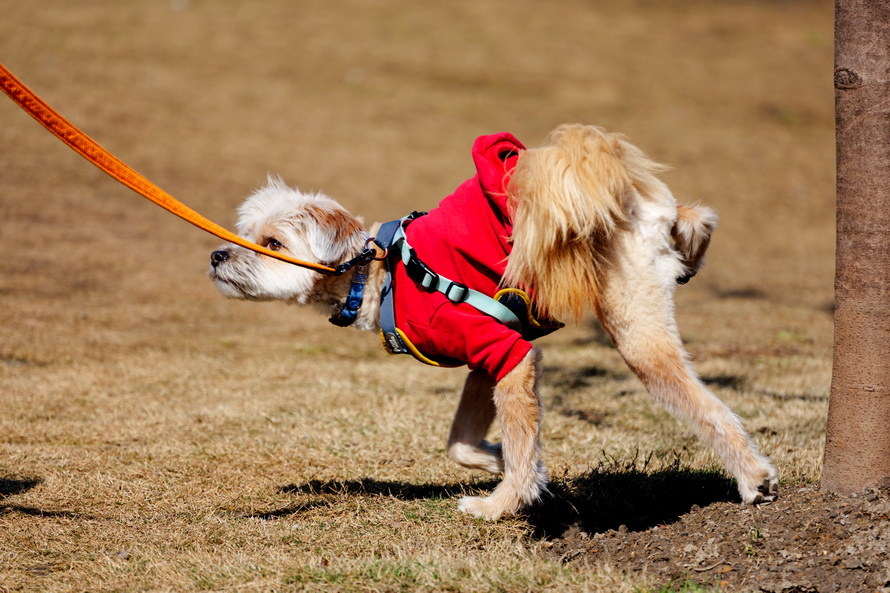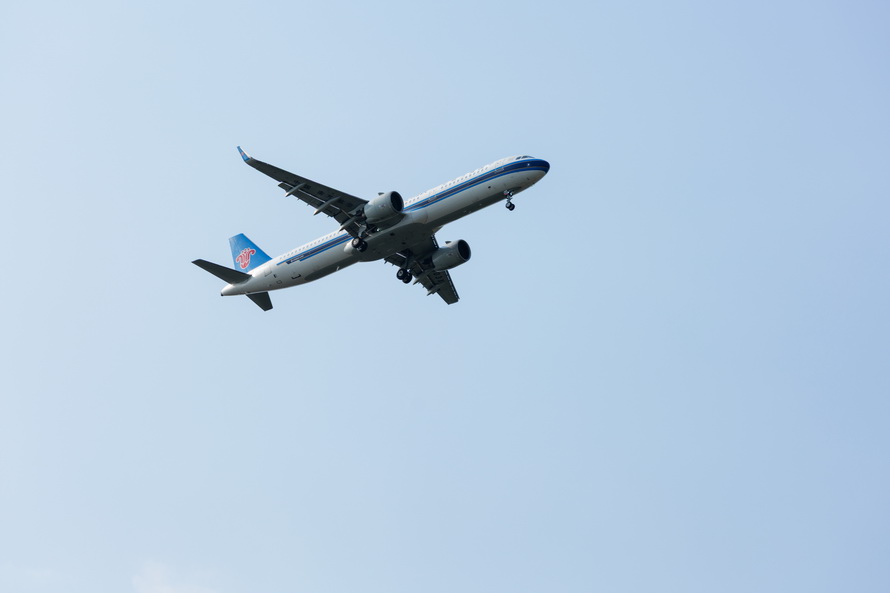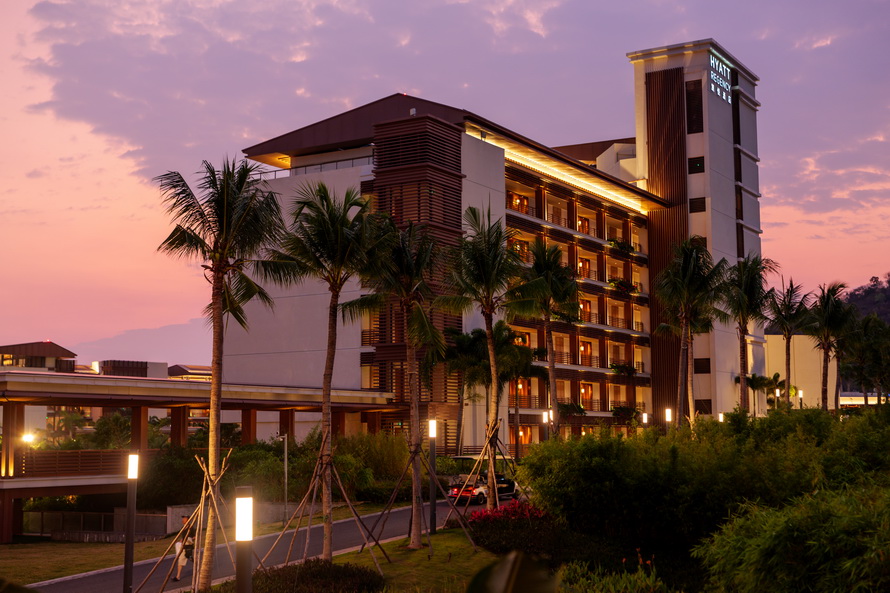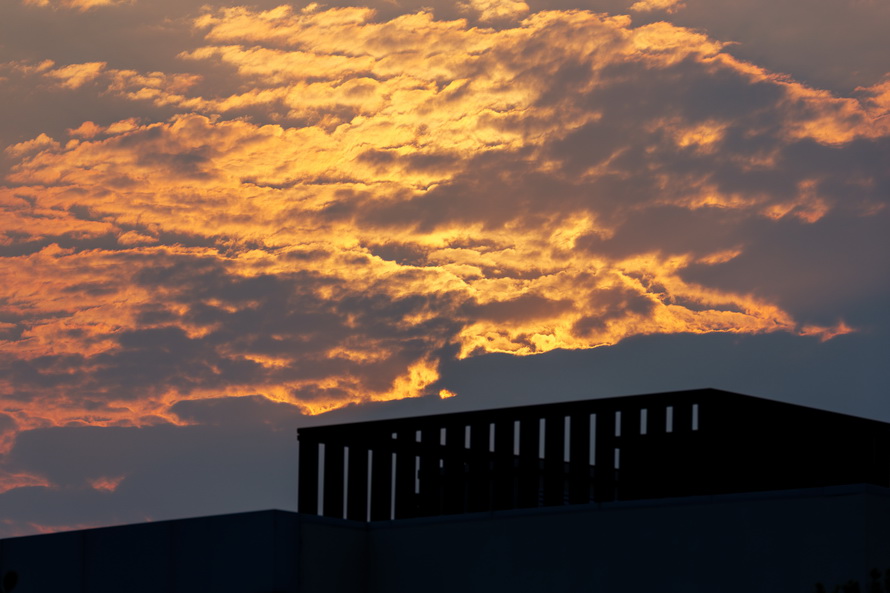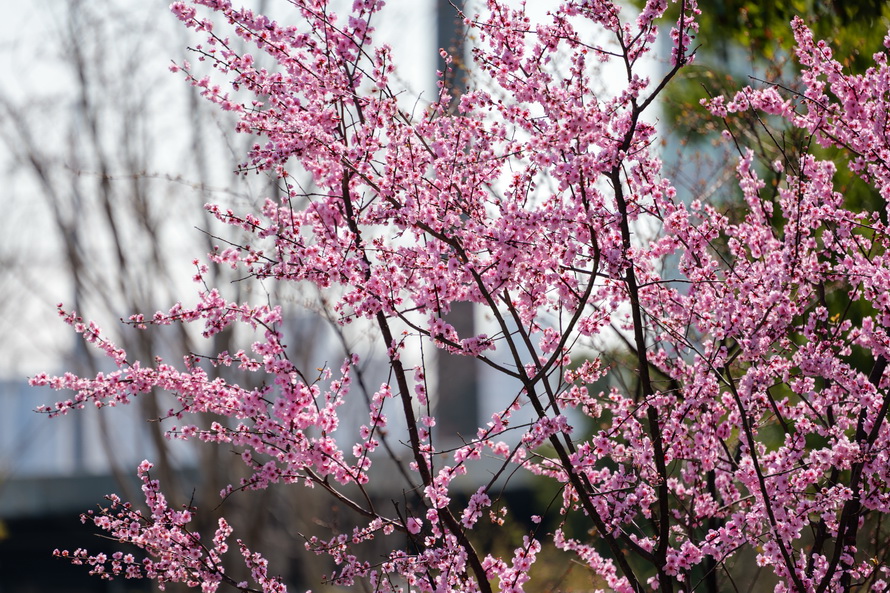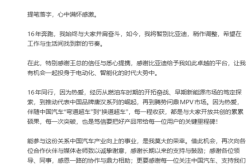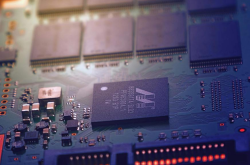Panasonic Lumix S1R2 Mirrorless Camera Review: Balancing Photos and Videos, Did It Succeed?
![]() 03/20 2025
03/20 2025
![]() 779
779
In 2019, Panasonic entered the full-frame mirrorless camera market with the Lumix S1 and S1R. Over the following years, it occasionally introduced new models, such as the video-focused S1H and the lightweight S9, but never released an 8K model as users had anticipated. It wasn't until just before CP+2025 that Panasonic finally unveiled the S1R2, which features a 44MP sensor, active cooling, and an official suggested retail price significantly lower than similar products, making it quite attractive.
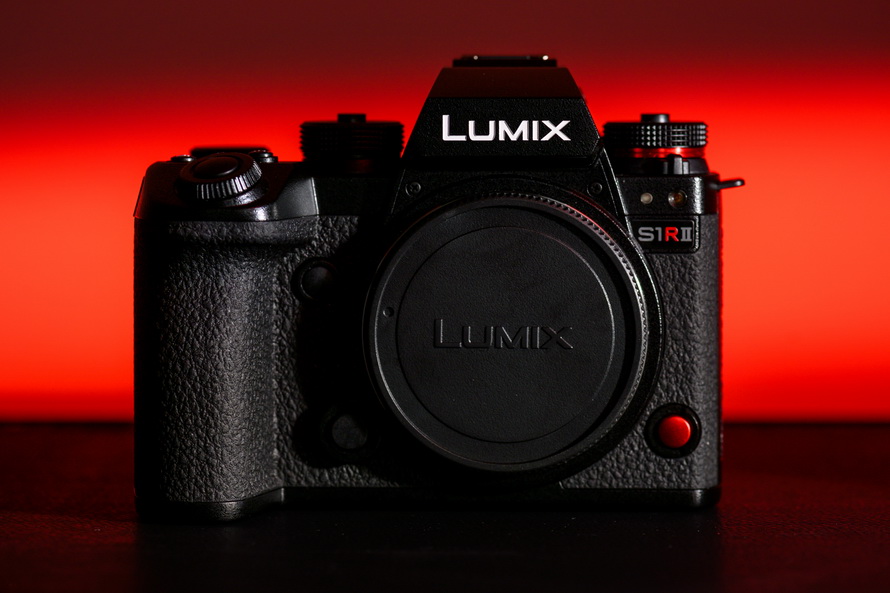
Sensor: IMX366?
To achieve 8K video output, the sensor must have a sufficiently high pixel count, not lower than 39MP (3:2 aspect ratio), and fast enough speeds, with an output speed of no less than 24FPS in 16:9. According to Panasonic's official information, the S1R2 uses a 44.3MP (8144*5424) BSI full-frame sensor with a continuous shooting speed of up to 40FPS and support for 8.1K/30P video output. Based on these data, the S1R2 likely uses the Sony IMX366 sensor introduced in 2023, the same one found in the DJI Ronin 4D-8K.
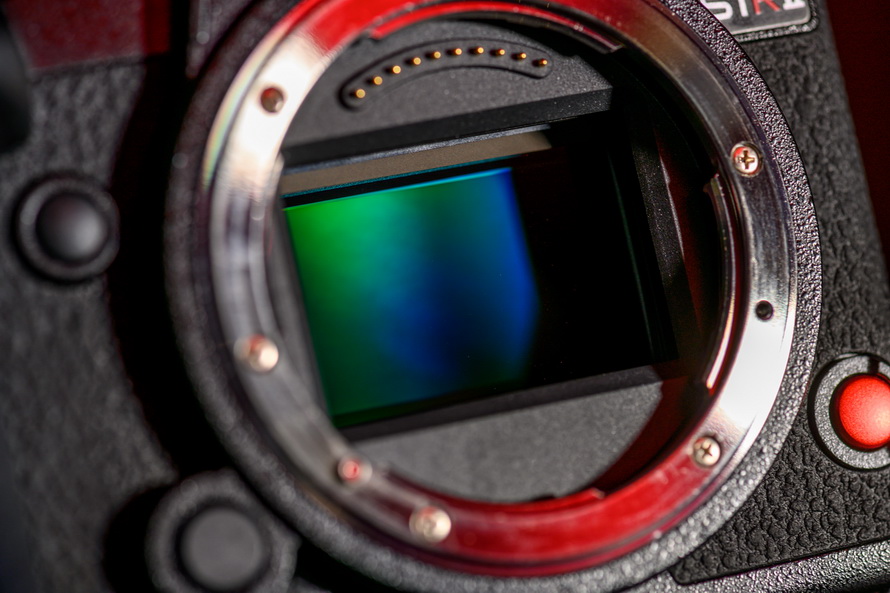
According to Sony's official description, the IMX366 is a full-frame sensor with 44.72MP effective pixels, employing a BSI structure and built-in ADC with selectable precision of 11/12/13/14bit. It can achieve an output speed of 26.15FPS at full pixels and 14bit color depth and 61.25FPS at 8192*4320 and 12bit color depth, capable of full-pixel 8K60P video output.
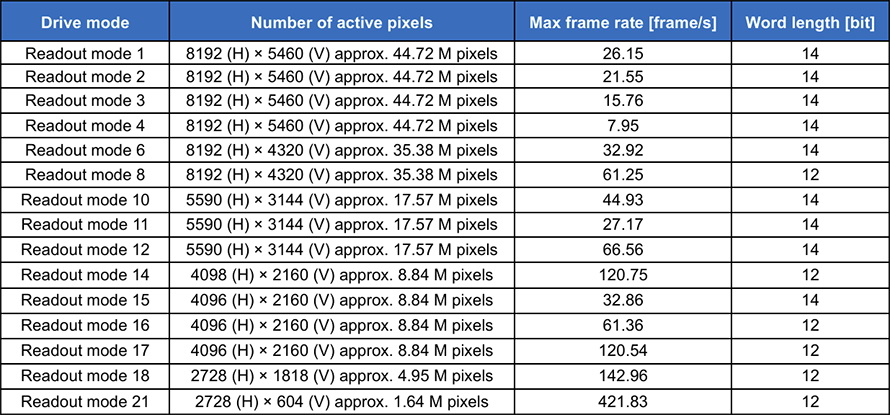
However, the S1R2 does not support 8K60P video, and its 40FPS continuous shooting speed falls short of the IMX366's specifications. This is likely due to the sensor only using an 8-channel SVLS-EC interface. The IMX366 has a total of 16 channels of SVLS-EC (Scalable Low Voltage Signaling with Embedded Clock) distributed across 2 paths. SVLS-EC is a proprietary Sony standard, and there have been rumors that using the full 16-channel interface requires additional payment. Using only the 8-channel SVLS-EC interface can reduce costs, and with half the I/O count, power consumption is significantly reduced.
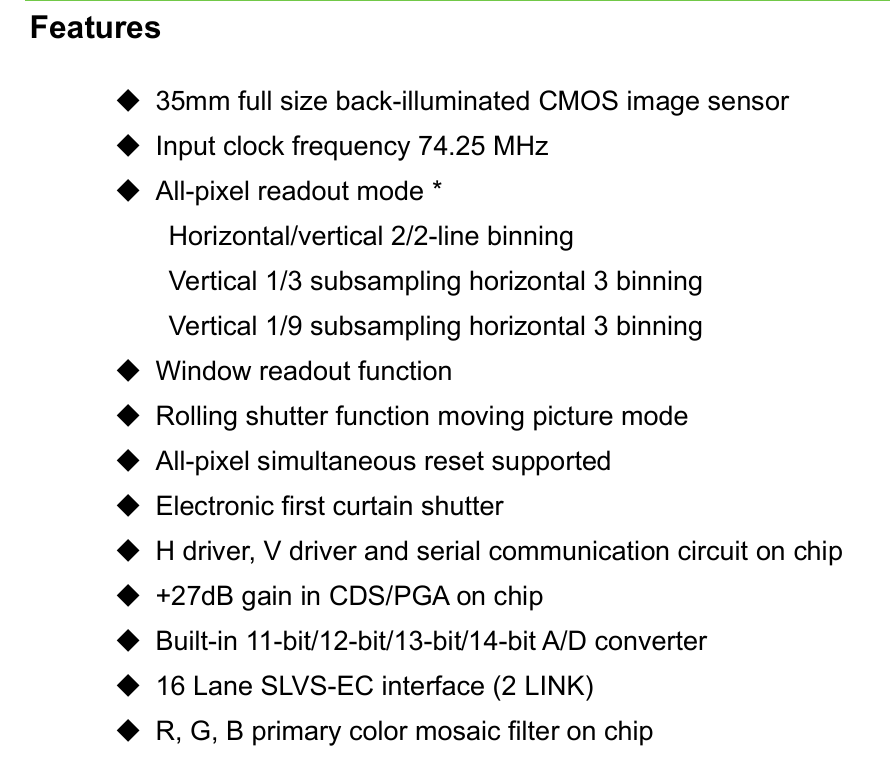
Excellent Photo Quality
Regardless of whether the Panasonic S1R2 uses the IMX366, it is certain that this is an unprecedented sensor in cameras, featuring dual native ISO technology. When taking photos, the native ISO range reaches from ISO 80 to ISO 51200. The lowest ISO is only slightly higher than Nikon's Z8, while the highest ISO is one stop higher than the Z8 and Canon EOS R5 Mark II. How does it actually perform? Let's take a look.
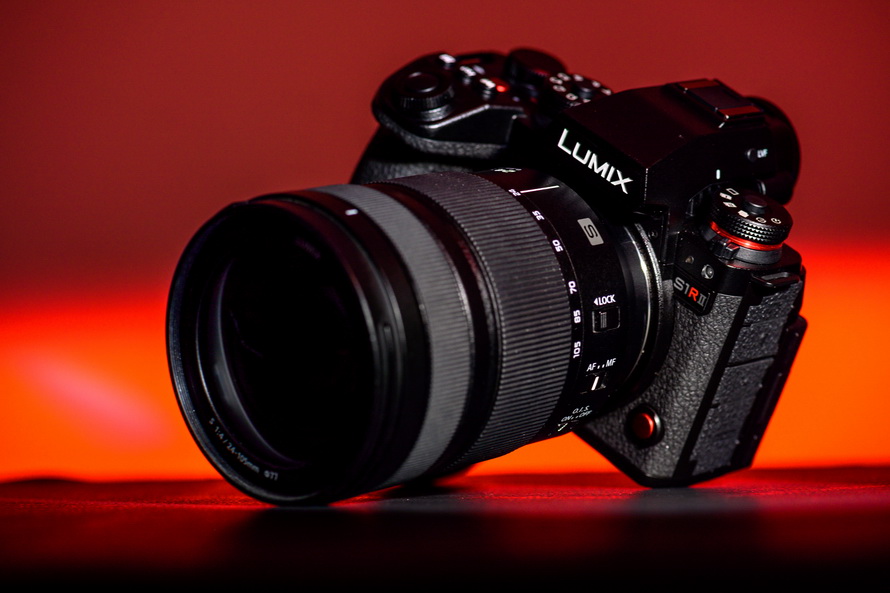
During testing, the S1R2 was equipped with the LUMIX S 70-300mm F4.5-5.6 MACRO O.I.S. lens, using RAW format with a fixed white balance value. Images were decoded using Photoshop + Adobe Camera Raw (Details: Sharpening 0, Manual Noise Reduction: Luminance, Color 0). It should be noted that Adobe has not yet officially supported S1R2 RAW photos, so a decline in image quality due to decoding cannot be ruled out.
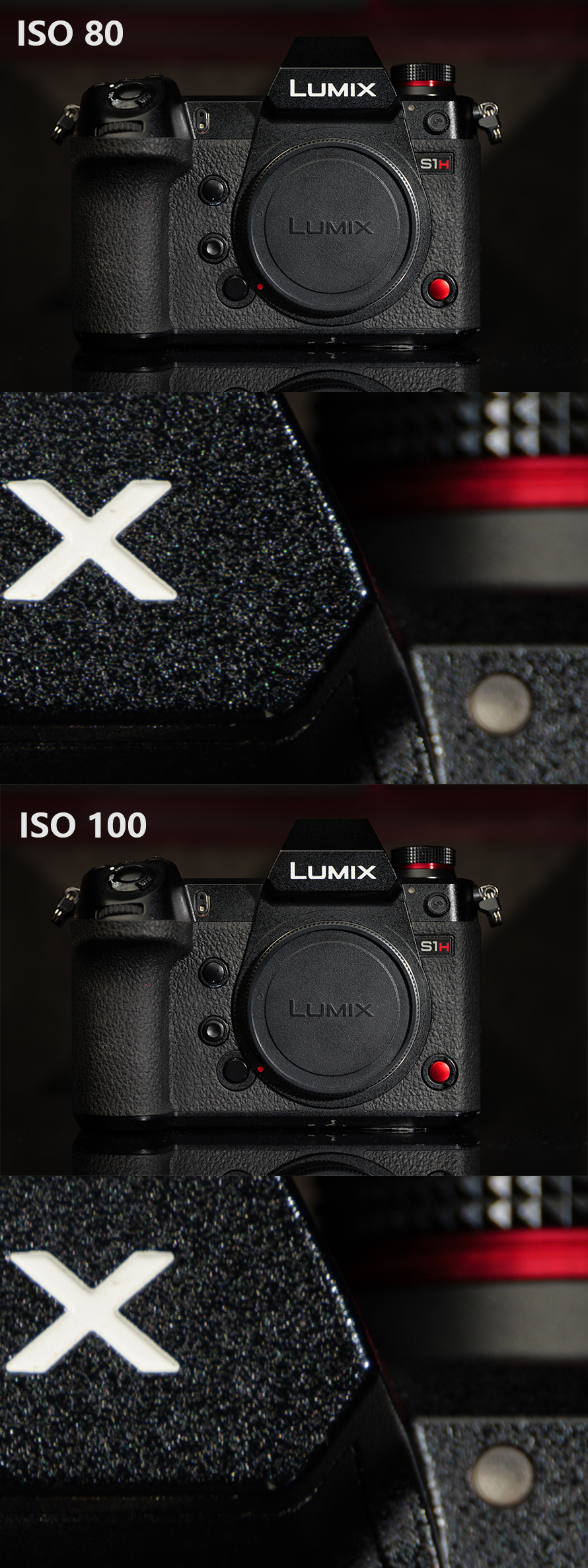
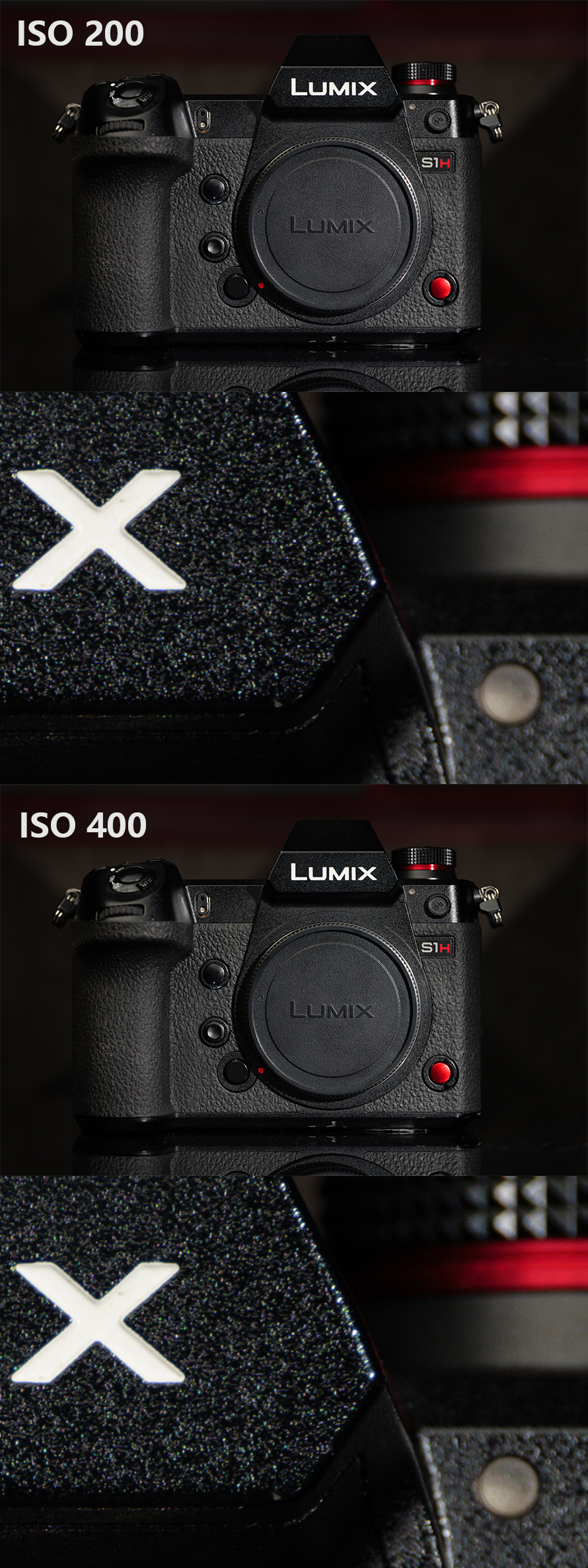
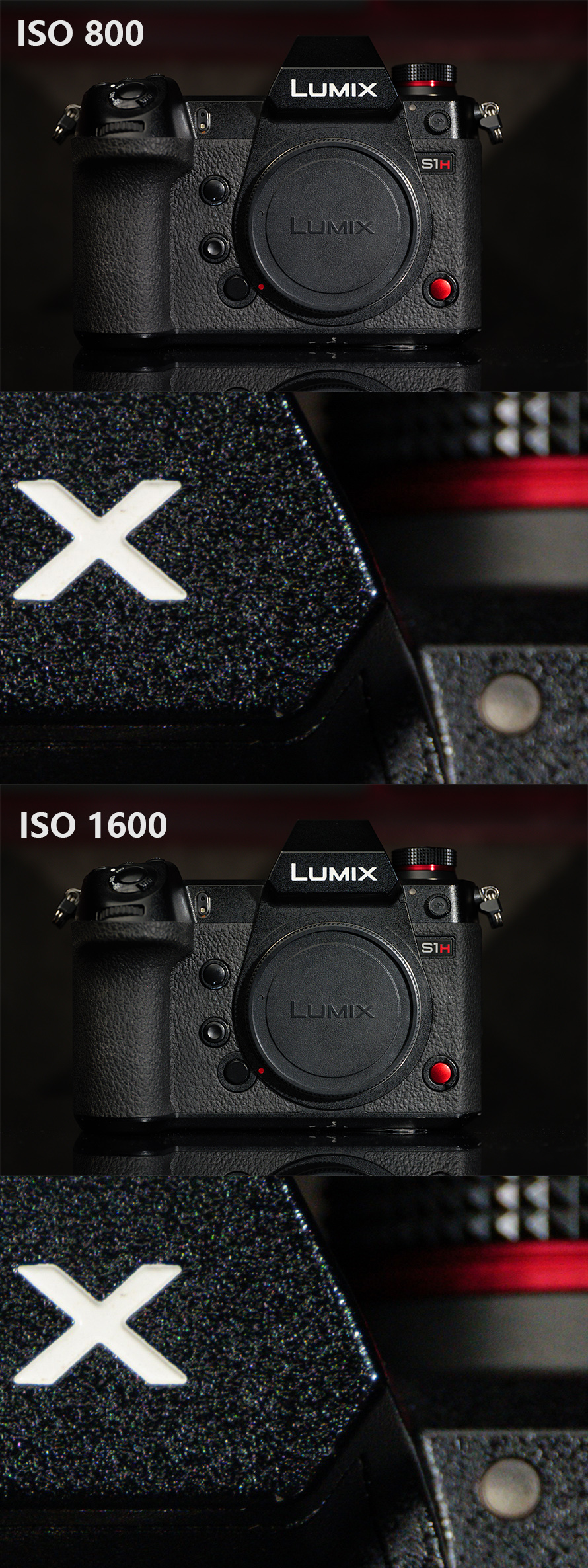
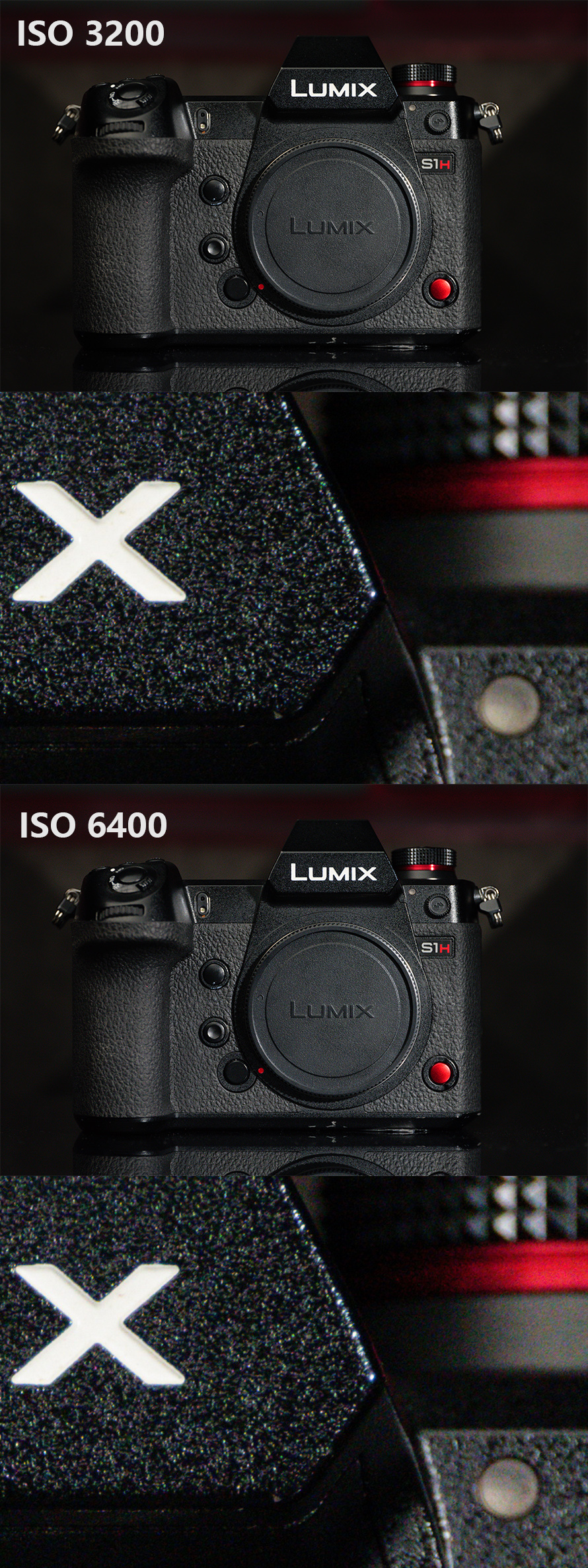
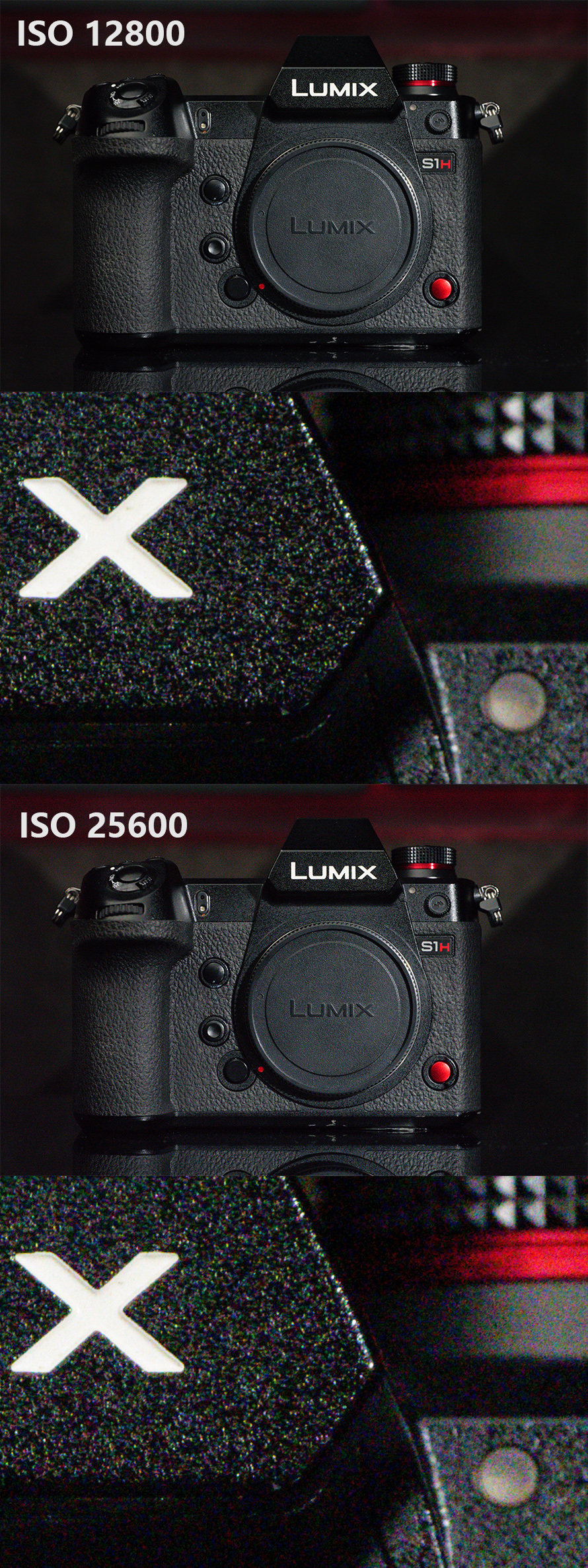
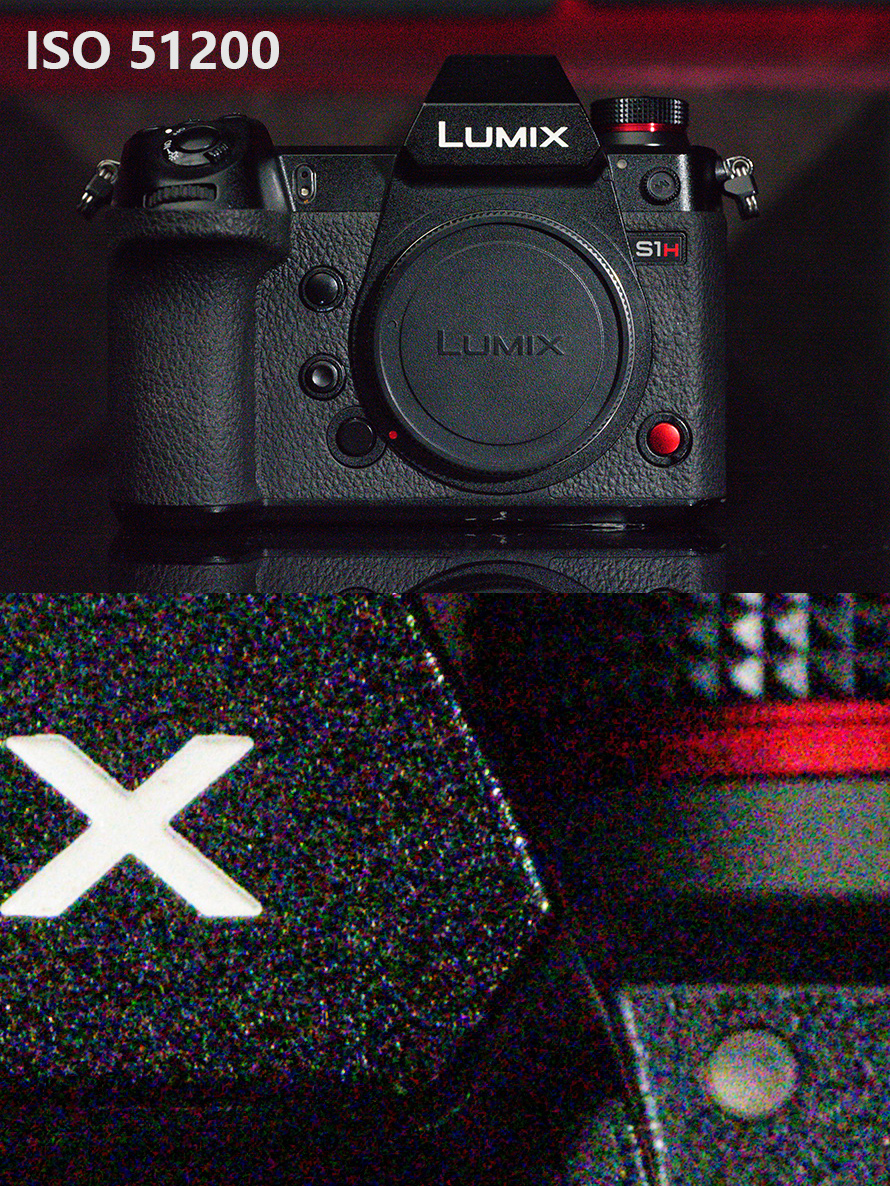
Top: Reduced full image, Bottom: 100% crop
It must be said that as a 40MP+ full-frame model, the S1R2 performs quite well in high ISO conditions. From ISO 800 onwards, noticeable luminance noise appears in dark areas; at ISO 1600, obvious color noise appears in dark areas; at ISO 25600, the highest native ISO for models in the same class, the small image still looks quite good; at the maximum ISO 51200, although there is a lot of color noise at 100% magnification, the overall image does not show color cast, and the highest native ISO is practical.
While offering excellent high ISO performance, the S1R2 also excels in continuous shooting speed, with a maximum of 10FPS using the mechanical shutter and 40FPS using the electronic shutter, supporting up to 1.5 seconds of pre-shooting. Moreover, under these settings, there are no restrictions on shooting formats, supporting both JPG and RAW. However, the continuous shooting mode of mirrorless cameras is far more complex than that of DSLRs and cannot be summarized by a few numbers. One of the most common features is that continuous shooting is divided into high and low color depth modes. How does the S1R2 perform in this regard?
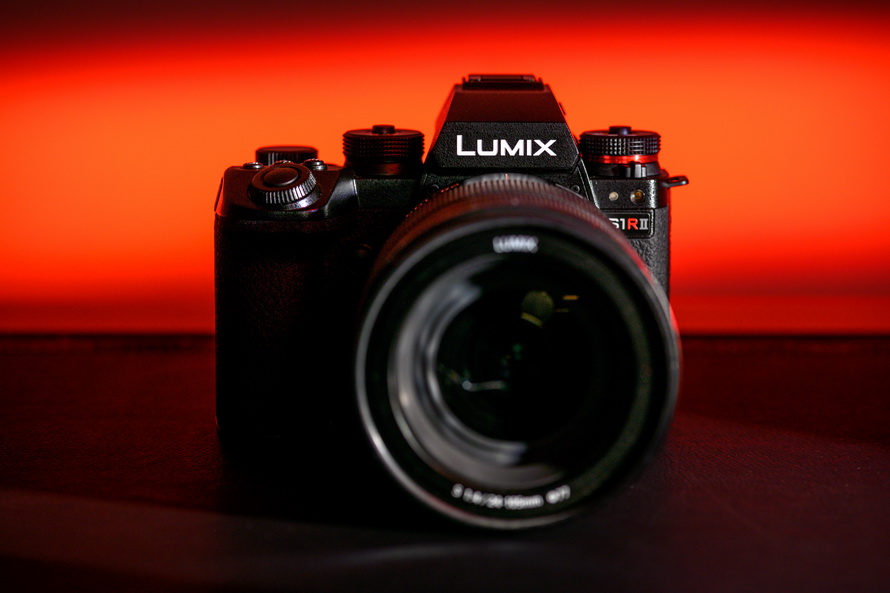
In the S1R2's fast continuous shooting settings menu, there are two settings for image quality priority (14bit) and speed priority (12bit) when using H+/H continuous shooting. At the same time, the continuous shooting speed is also affected by the autofocus mode. Therefore, we have compiled the continuous shooting speeds and states of the S1R2 under different settings:
AF-S+H@12bit: 10FPS without blackout
AF-S+H@14bit: 9FPS without blackout
AF-S+H@12bit: 8FPS live view
AF-S+SH@12bit: 40FPS rear view, no blackout
AF-S+SH PRE@12bit: 40FPS rear view, no blackout
AF-C+H+@12bit: 10FPS rear view, no blackout
AF-C+H@14bit: 7FPS live view
AF-C+H+@14bit: 9FPS rear view, no blackout
AF-C+SH@12bit: 40FPS rear view, no blackout
AF-C+SH PRE@12bit: 40FPS rear view, no blackout
(Note: H refers to high-speed continuous shooting, H+ is fixed exposure high-speed continuous shooting, both based on the mechanical shutter, SH refers to electronic high-speed continuous shooting, and SH PRE refers to pre-shooting, only supporting the electronic shutter)
Given the characteristics of the S1R2, we recommend setting it to AF-C, H, and image quality priority in scenarios like street photography where high continuous shooting speed is not required. This allows for a continuous shooting speed of 9FPS while maintaining the mechanical shutter and no blackout. For shooting fast-moving subjects like sports or birds, you can choose AF-C, H+/SH/SH PRE, and speed priority based on actual conditions, prioritizing speed.
Today, AI target recognition is an indispensable feature on cameras, especially for high-end models priced over 20,000 yuan. The S1R2 can recognize humans, animals, cars, motorcycles/bicycles, trains, and airplanes. It can recognize eyes for humans and animals, helmets for motorcycles/bicycles, and noses for airplanes.
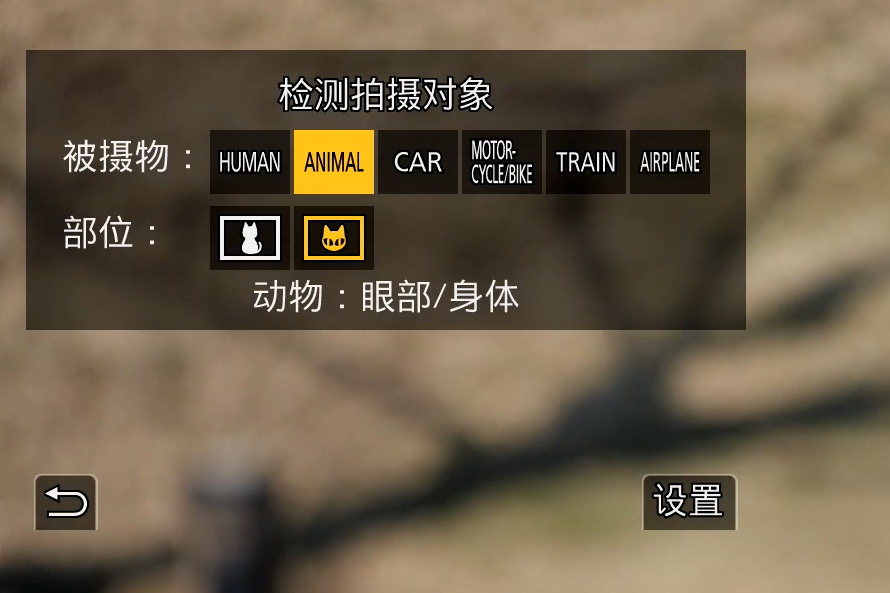
In practical use, we can clearly feel that the S1R2's target recognition and autofocus speed far surpass Panasonic's previous full-frame models. For example, when setting the recognition target to animals (precisely to the eyes) and global focus, even if there are flowers and grass obstructing the lens view, the S1R2 can still easily lock the focus point onto the dog's eyes. When two dogs are playing with each other and one is obstructed by other objects, the camera can quickly lock the focus point onto the other dog's eyes.
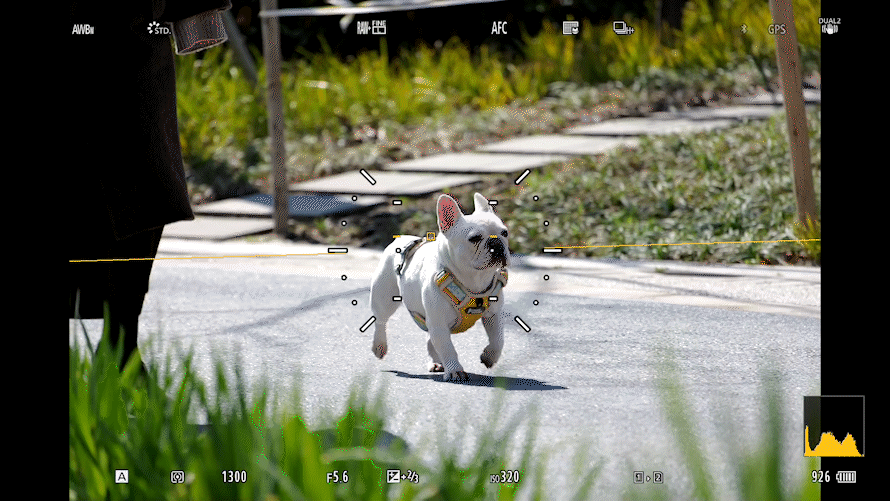
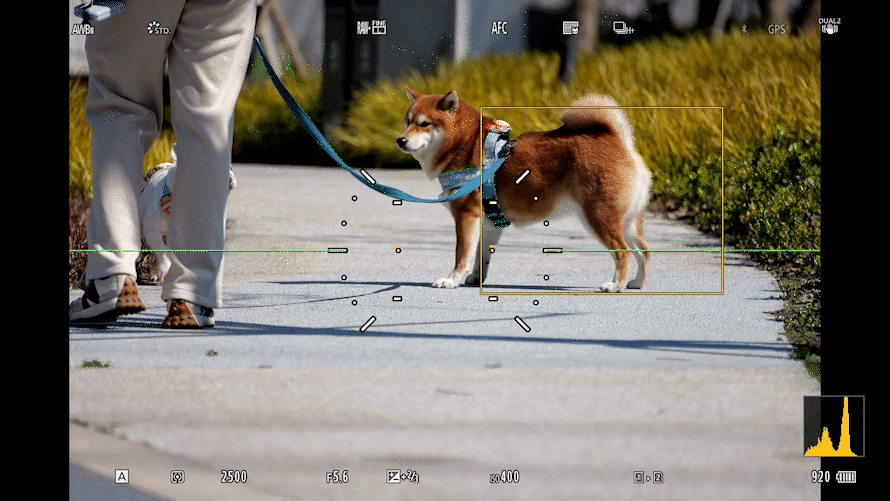
However, when using the LUMIX S 70-300mm F4.5-5.6 MACRO O.I.S. lens with an STM motor, we also noticed that the lens's autofocus speed could not keep up with the camera's, resulting in situations where the camera continuously focused on the animal's eyes as it moved, but the lens motor's autofocus speed could not keep up. When paired with the Lumix S PRO 50/1.4, which supports 480FPS high-speed autofocus, the overall camera system's autofocus performance is significantly improved, with rarely any out-of-focus situations when shooting running dogs.
Countless Video Specifications
When talking about Panasonic cameras, video is an essential aspect. As Panasonic's first 8K camera, the S1R2 supports an astonishing number of video formats, even including the 6.4K OpenGate format. However, after careful examination, a pattern can still be discerned.
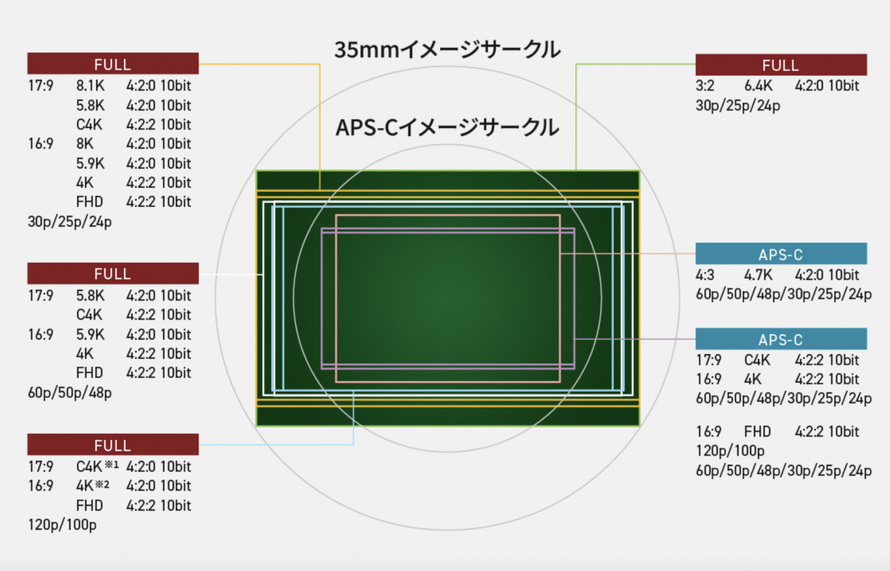
APS-C 4.7K: With an aspect ratio of 4:3, this mode is tailored for anamorphic lenses. It supports up to 4:2:0 10bit 60P and multiple specifications such as 2X, 1.8X, 1.5X, 1.33X, and 1.30X, but for ordinary users, the probability of use is very low.
Full 8.1K/8K: Uses the entire sensor width for shooting. 8.1K is point-to-point, while 8K is downscaled output from 8.1K, only supporting 4:2:0 10bit 30P.
Full 6.4K: Open Gate mode, utilizing the entire sensor for shooting with an aspect ratio of 3:2. According to ARRI's definition, the video resolution in Open Gate mode should be equivalent to the sensor resolution. Currently, Panasonic has not specified how 6.4K is achieved, but it is likely through pixel binning.
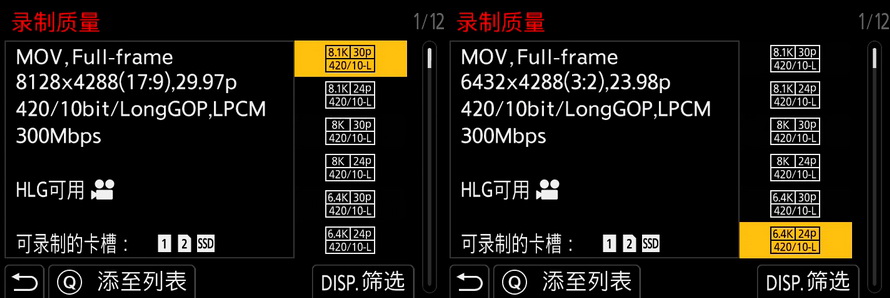
Full 5.8K, 5.9K: Supports up to 4:2:0 10bit 30P without cropping and 4:2:0 10bit 60P with slight cropping. 5.8K is 17:9, and 5.7K is 16:9.
FULL 4K/C4K: Output through 2*2 pixel binning, supporting 4:2:2 10bit at 60P. It can use the entire sensor for shooting or output with slight cropping. At 120P, it drops to 4:2:0 10bit with slight cropping and loses AI recognition functionality.
Point-to-Point 4K/C4K: Point-to-point output, 4:2:2 10bit at 60P, dropping to 4:2:0 10bit at 120P (Note: Full HD can be considered a downscaled version of 4K, with the same frame rate, color depth, encoding, and reduced bitrate, without additional specification)
It is not difficult to see that although the S1R2 supports 8K video, its video focus is on C4K/4K video. This is the only video specification besides 1080P that supports 10bit 4:2:2 and provides a 120P slow-motion function. Next, we tested three resolutions: C4K, 6.4K, and 8.1K. To simplify the test, we used the REC.709 mode and tested performance at ISO 80 and ISO 6400.
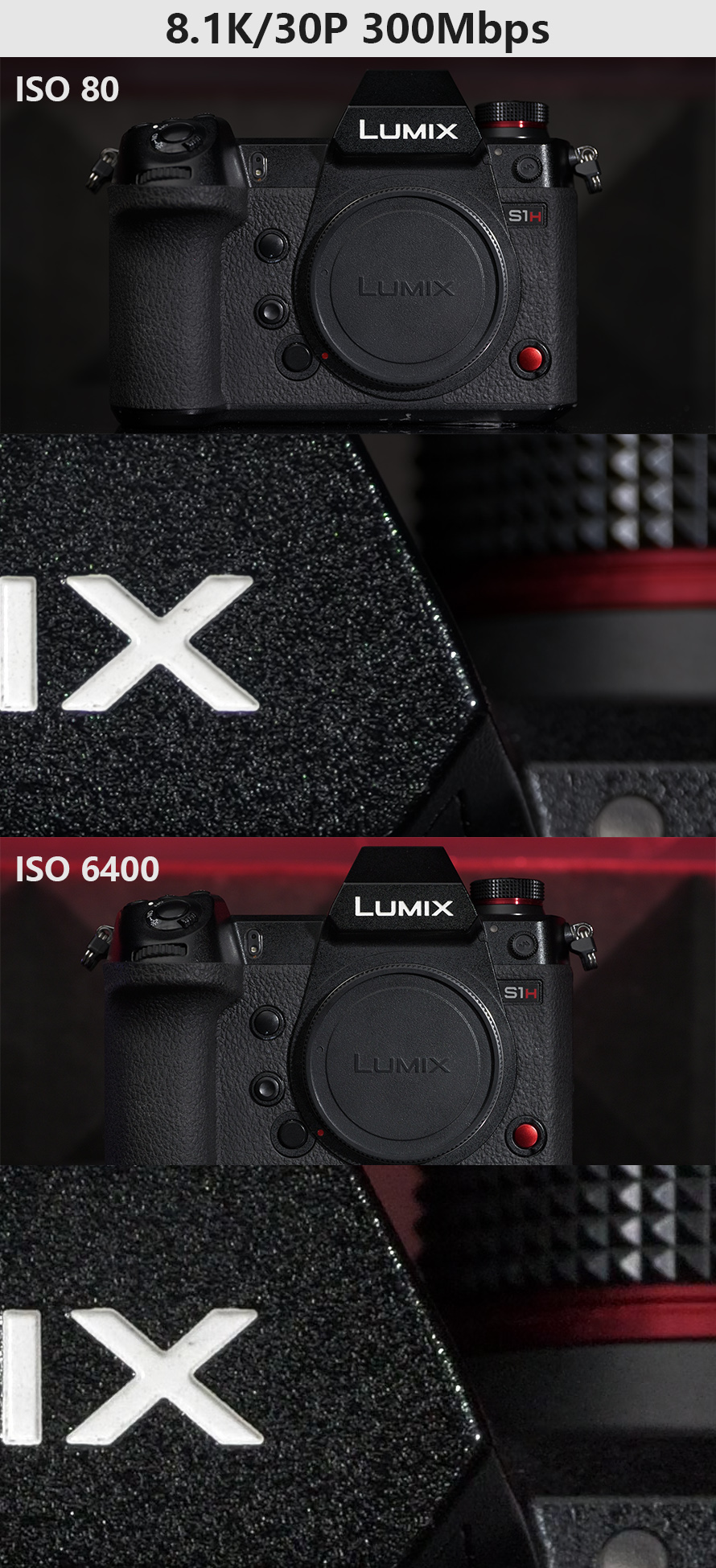
The S1R2's video encoding and high ISO performance are excellent. 8.1K/30P is output point-to-point, with a clean image at ISO 80. At ISO 6400, image quality decreases, but only slightly in terms of luminance noise in dark areas.

In the 6.4K Open Gate mode, the S1R2 performs similarly to 8.1K/30P, with ISO 80 showing clean results and ISO 6400 revealing slight bright noise in darker areas.
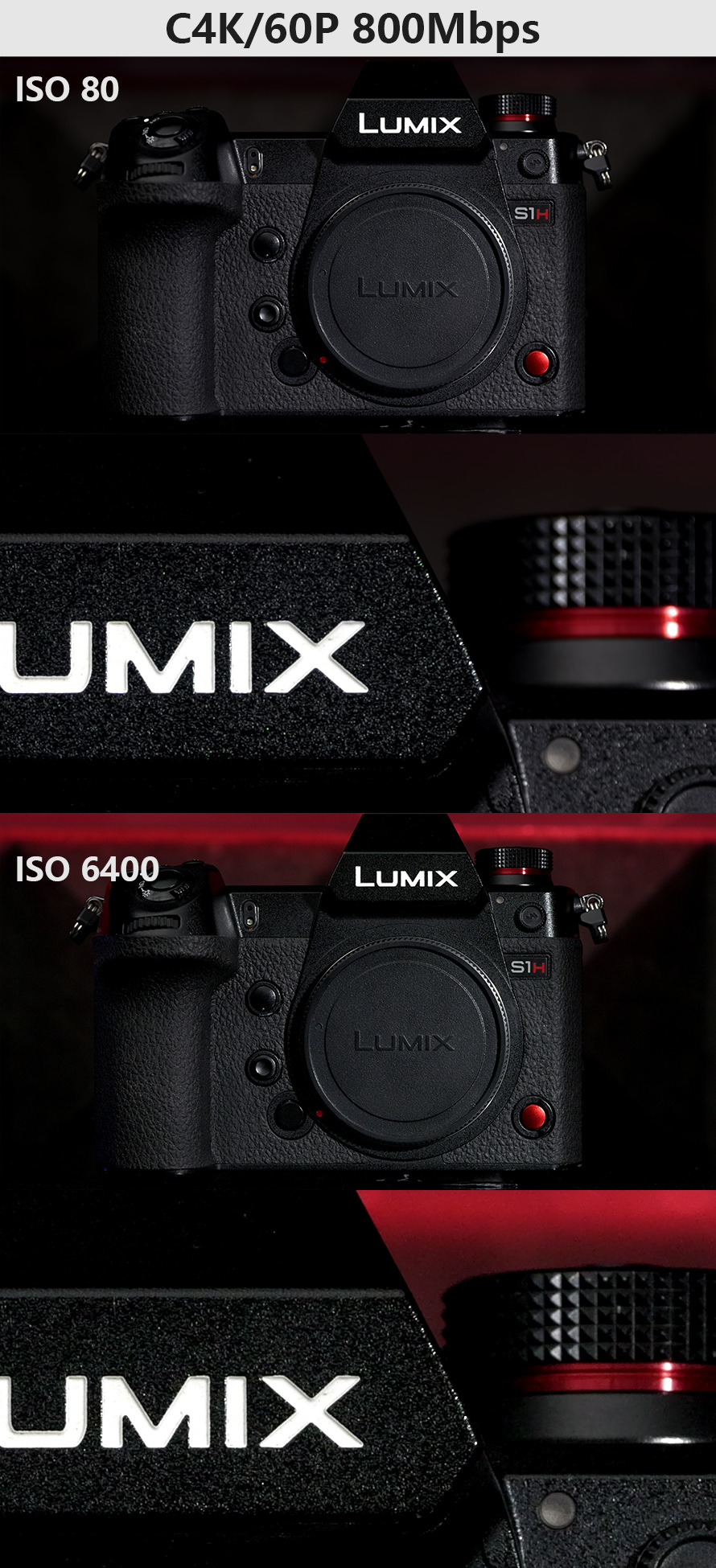
Thanks to the combination of high bitrate, 10bit 4:2:2, and pixel binning, the S1R2's C4K/60P (full-frame) performance is outstanding, with both ISO 80 and ISO 6400 showing clean images and high color saturation. Only upon close inspection can bright noise in the darker areas of ISO 6400 be noticed.
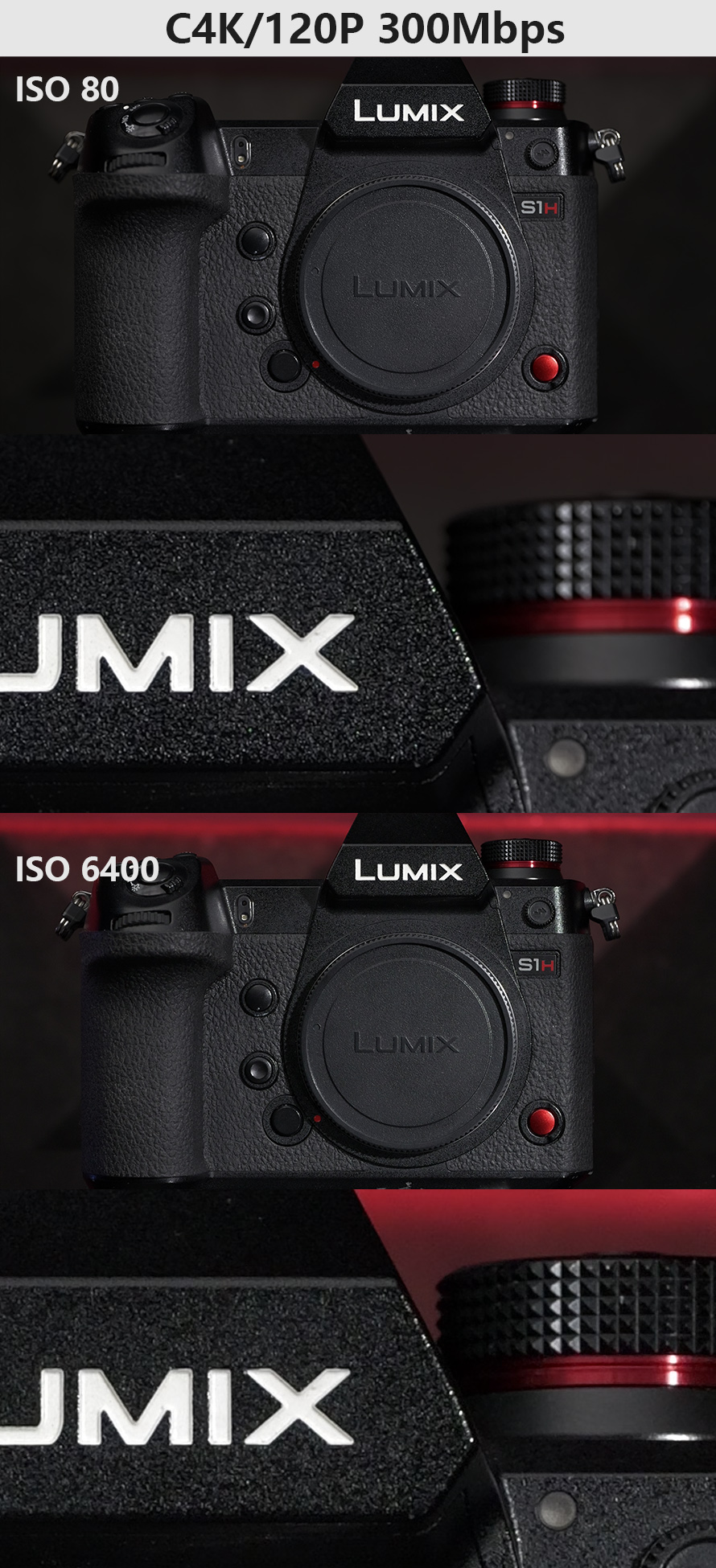
When upscaling to C4K 120P, the performance is similar to 8.1K/30P, with ISO 80 showing clean images and ISO 6400 revealing bright noise in darker areas.

Lastly, let's look at the point-to-point output of C4K/120P (approximately APS-C frame size). At this setting, the bright noise in ISO 6400 images increases significantly, and image quality degrades noticeably.
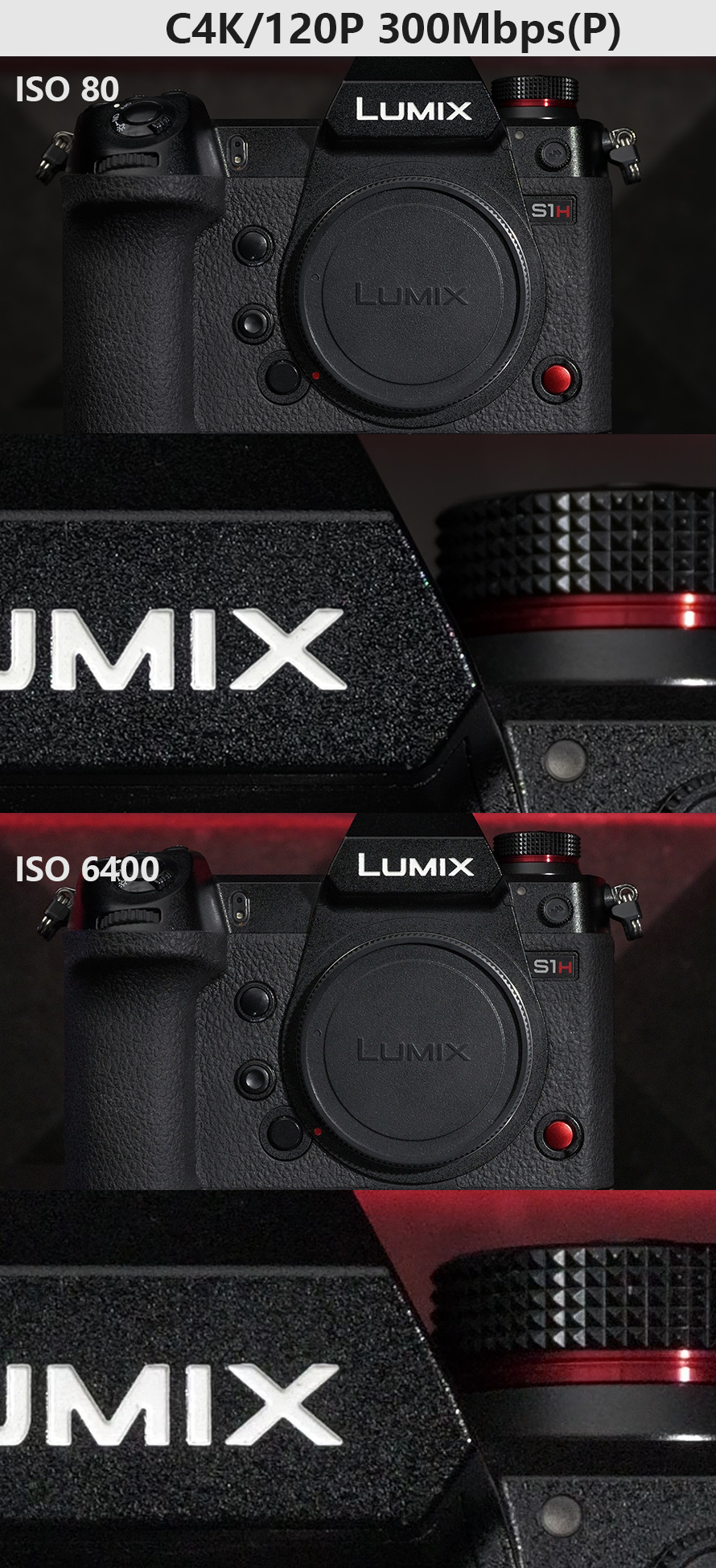
To more intuitively experience the S1R2's C4K/60P image quality, we compared screenshots from C4K, 6.4K, 8.1K, and 5.9K videos side by side (100%, ISO 6400). It's clear that C4K/60P has an overwhelming advantage in color and clarity.
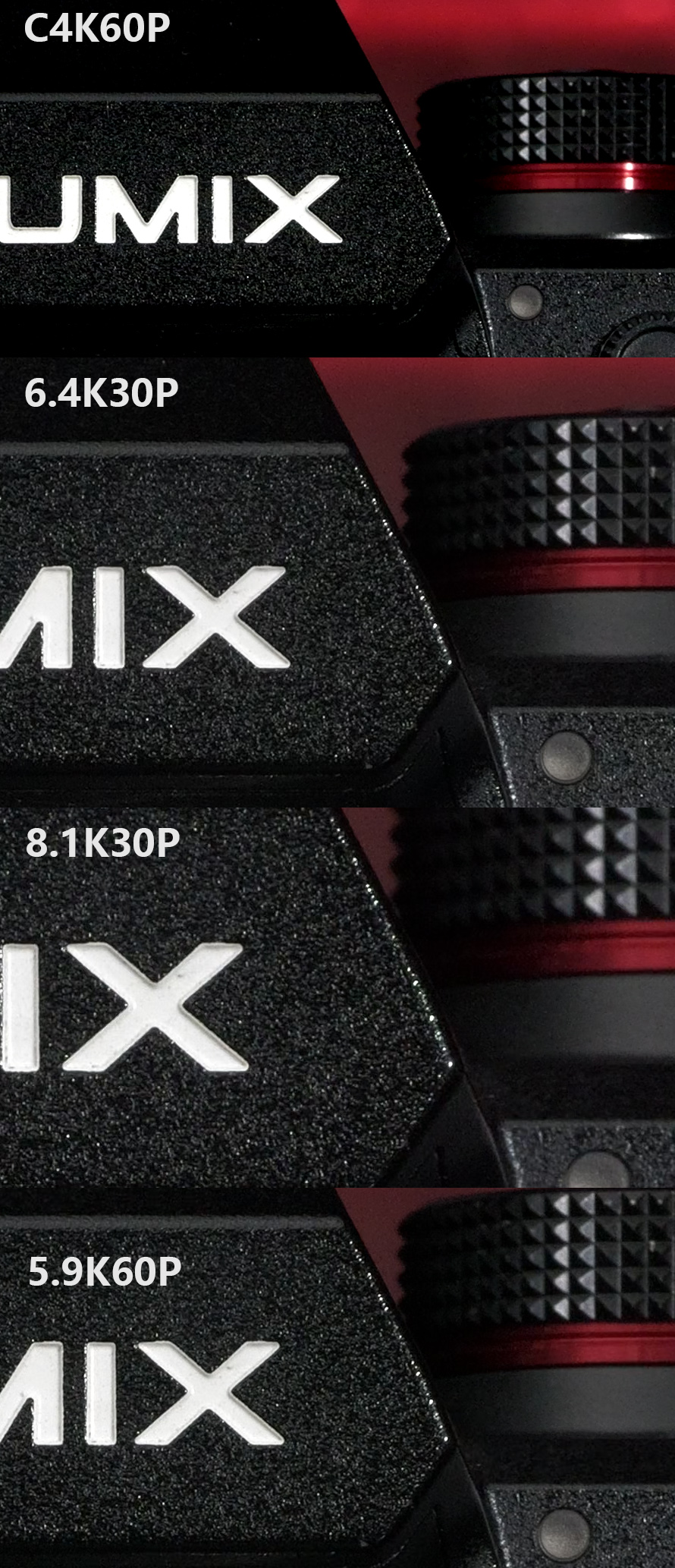
The final comparison is between C4K/120P at different ISO sensitivities and frame sizes. At ISO 80, there is little difference between full-frame and point-to-point output, but at ISO 6400, the full-frame mode shows a significant advantage in image quality. Unless the focal length is insufficient, full-frame mode is the preferred choice for shooting C4K and 4K/120P videos.
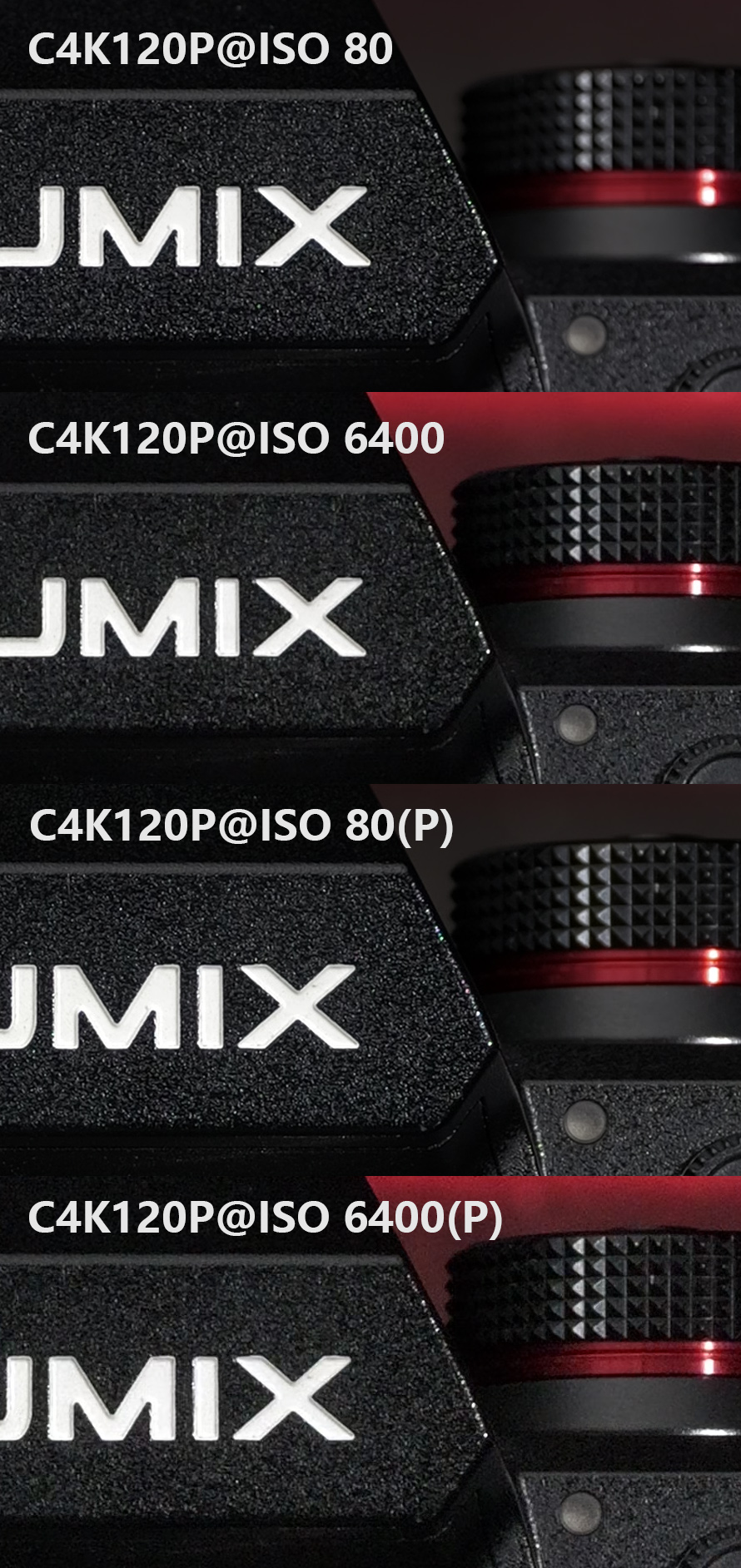
Note: P indicates point-to-point mode.
8K video is still a major selling point today, but in practical applications, 4K and C4K are sufficient for most needs. Panasonic's focus on 4K and C4K for the S1R2's video capabilities is very reasonable, and the actual image performance is quite satisfying. In addition to a rich variety of shooting formats, the S1R2 also features numerous design functions tailored for video shooting, such as a multi-angle flip screen that does not interfere with HDMI and USB ports when flipped to the side, tally lights on the front and rear of the body, active cooling within the camera, and software support for false color exposure functions, to name a few. We won't go into details here.


Software: A Milestone for Panasonic
Through the above tests, it is evident that Panasonic has made tremendous progress in camera hardware with the S1R2. Moreover, its software capabilities represent a milestone in the development of Panasonic cameras. Firstly, the S1R2 integrates with third-party software, supporting Capture One Tethering and Adobe Camera to Cloud. The former can be used for tethered shooting, facilitating real-time feedback from clients during photo shoots, while the latter is an Adobe cloud storage plan that allows camera photos to be uploaded to the cloud, facilitating backup for photographers shooting abroad.
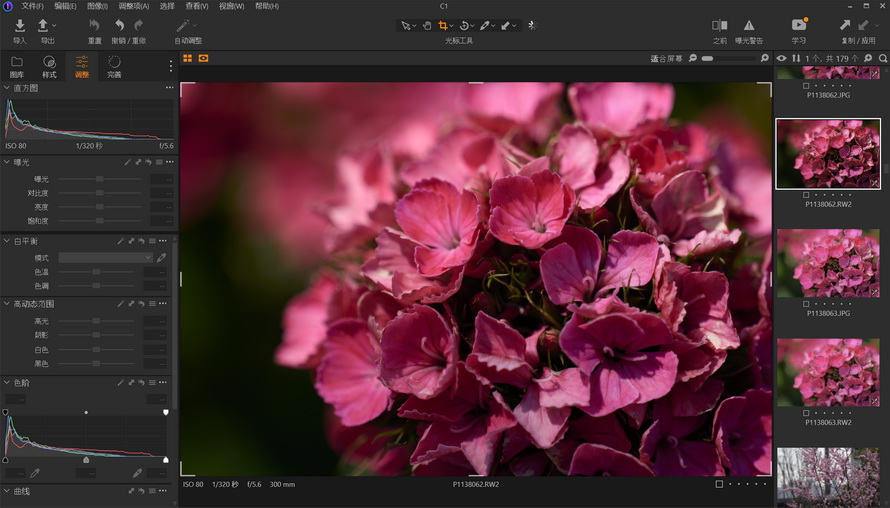
Alongside the launch of the S1R2, Panasonic introduced a new app called LUMIX Flow. Its functions extend beyond video editing, including creating video scripts, storyboards, shot lists, and even turning a smartphone into an external monitor. Compared to third-party solutions like Zhixun SeeMo, LUMIX Flow eliminates the need for a converter, reducing cost and weight significantly. For vloggers and small teams, this is a highly appealing app.
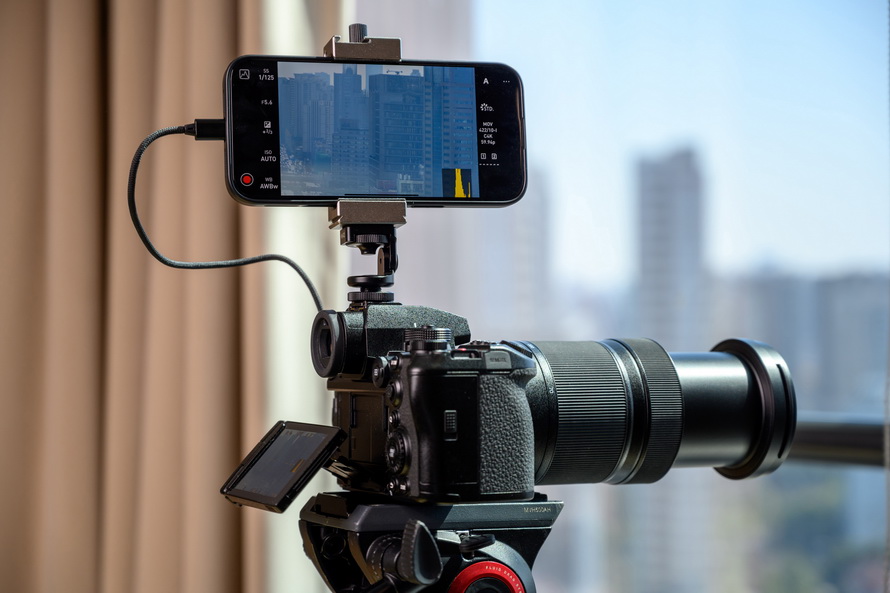
However, we encountered some issues while using LUMIX Flow. Initially, we tried connecting the S1R2 to Samsung Galaxy S25 Ultra and vivo X200 Pro phones, but found that neither could display the camera's output. The problem was resolved only after switching to an iPhone 16 Pro Max, indicating room for improvement in software compatibility. Additionally, we discovered that LUMIX Flow does not display the focus point, limiting its range of applications. These are areas that Panasonic needs to address.
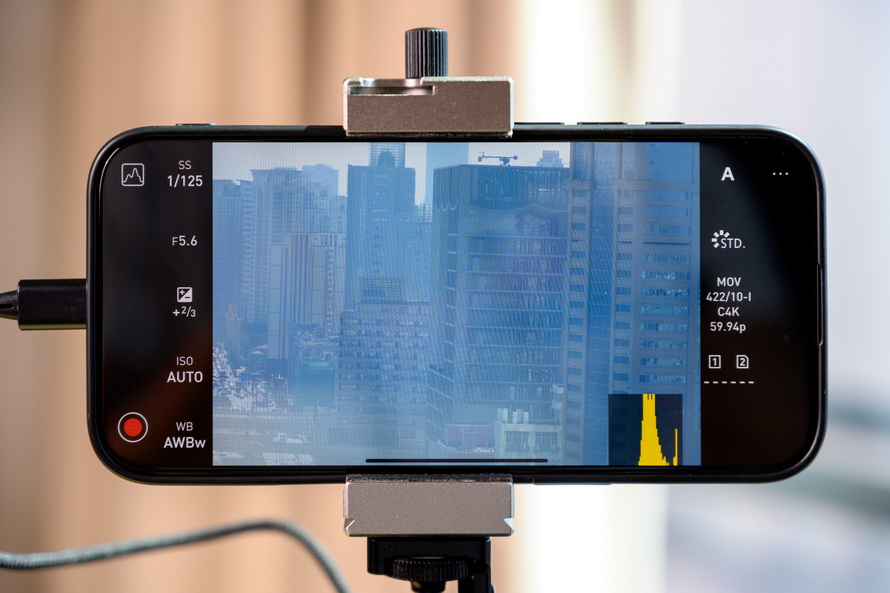
Conclusion
As a newly introduced 8K camera, the Panasonic S1R2 comes with plenty of sincerity, offering competitive pricing both overseas and domestically – with an official suggested retail price lower than that of competing products. Moreover, the camera employs active cooling, significantly reducing the likelihood of video shooting interruptions due to overheating. It also provides a rich variety of video formats and delivers excellent image quality for still photography. Although it arrived late to the market, its competitiveness is not to be underestimated. It remains to be seen whether Panasonic will introduce ARRI log functionality for the S1R2 in the future.
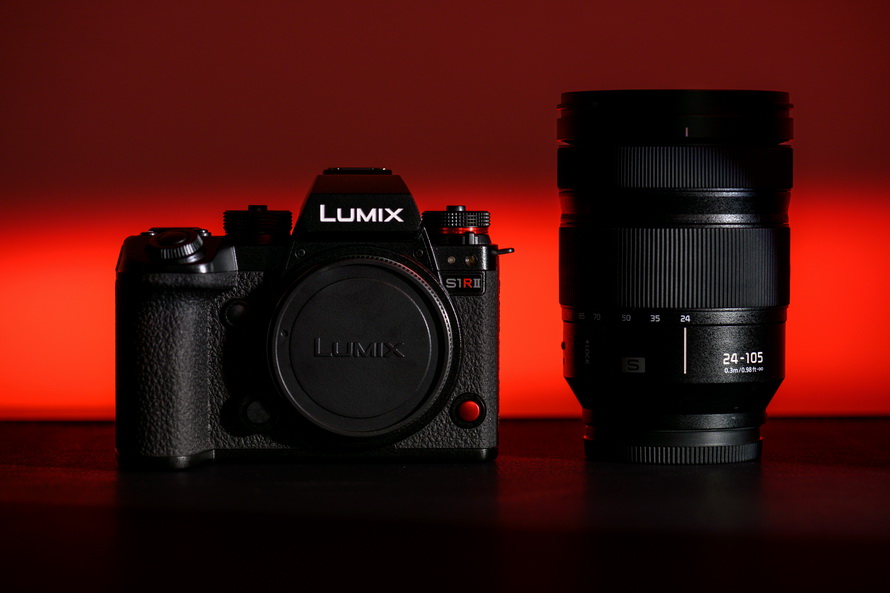
In terms of lens options, Panasonic currently offers 18 Lumix S full-frame lenses, which, while not numerous, do not cover ultra-telephoto lenses. However, within the L-Mount Alliance, a total of 81 lenses have been introduced, including the Sigma 300-600mm F4 DG OS | Sports and Leica Summicron-SL. Therefore, the S1R2 does not lack options for ultra-telephoto or high-quality prime lenses.
S1R2 Sample Photos:

